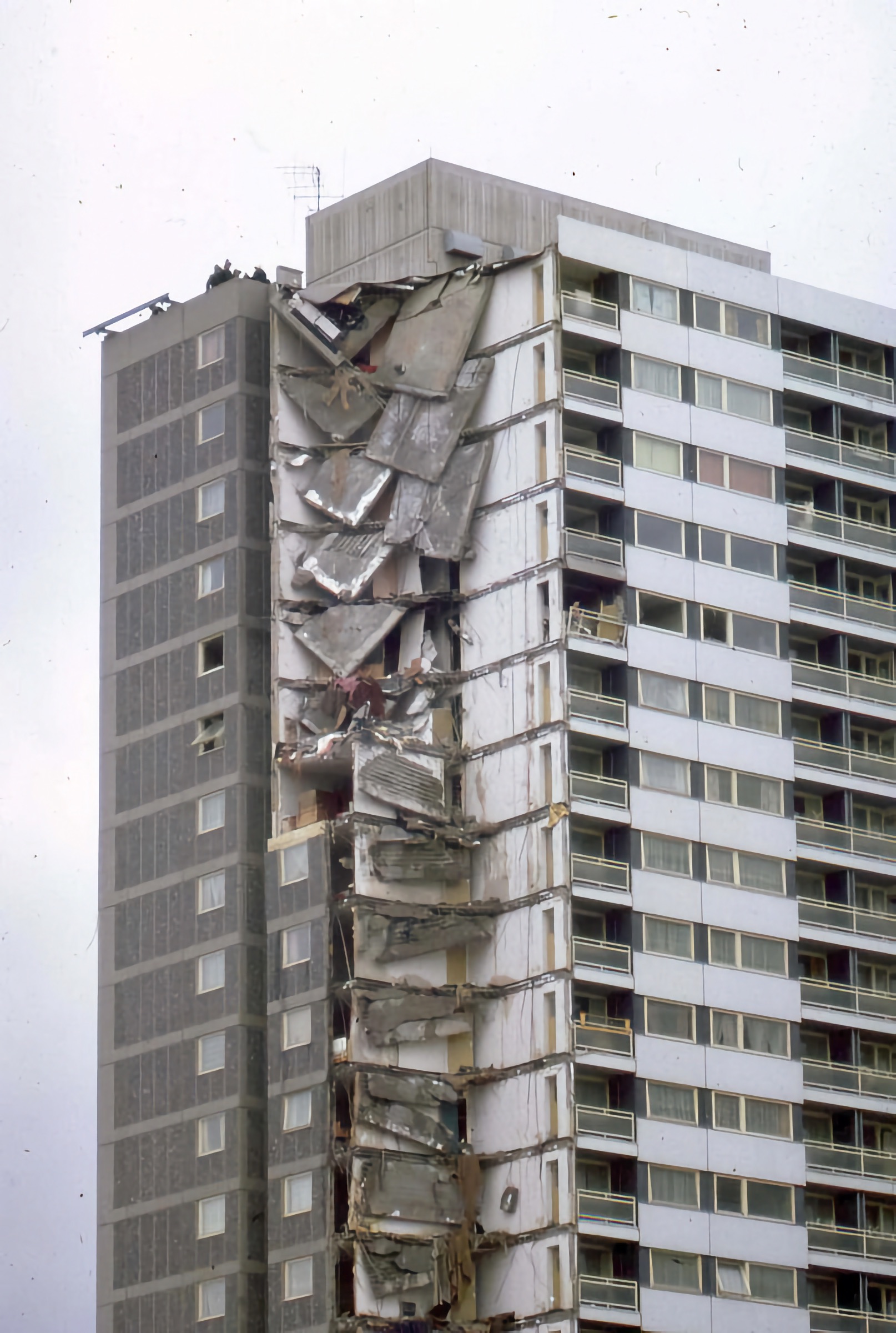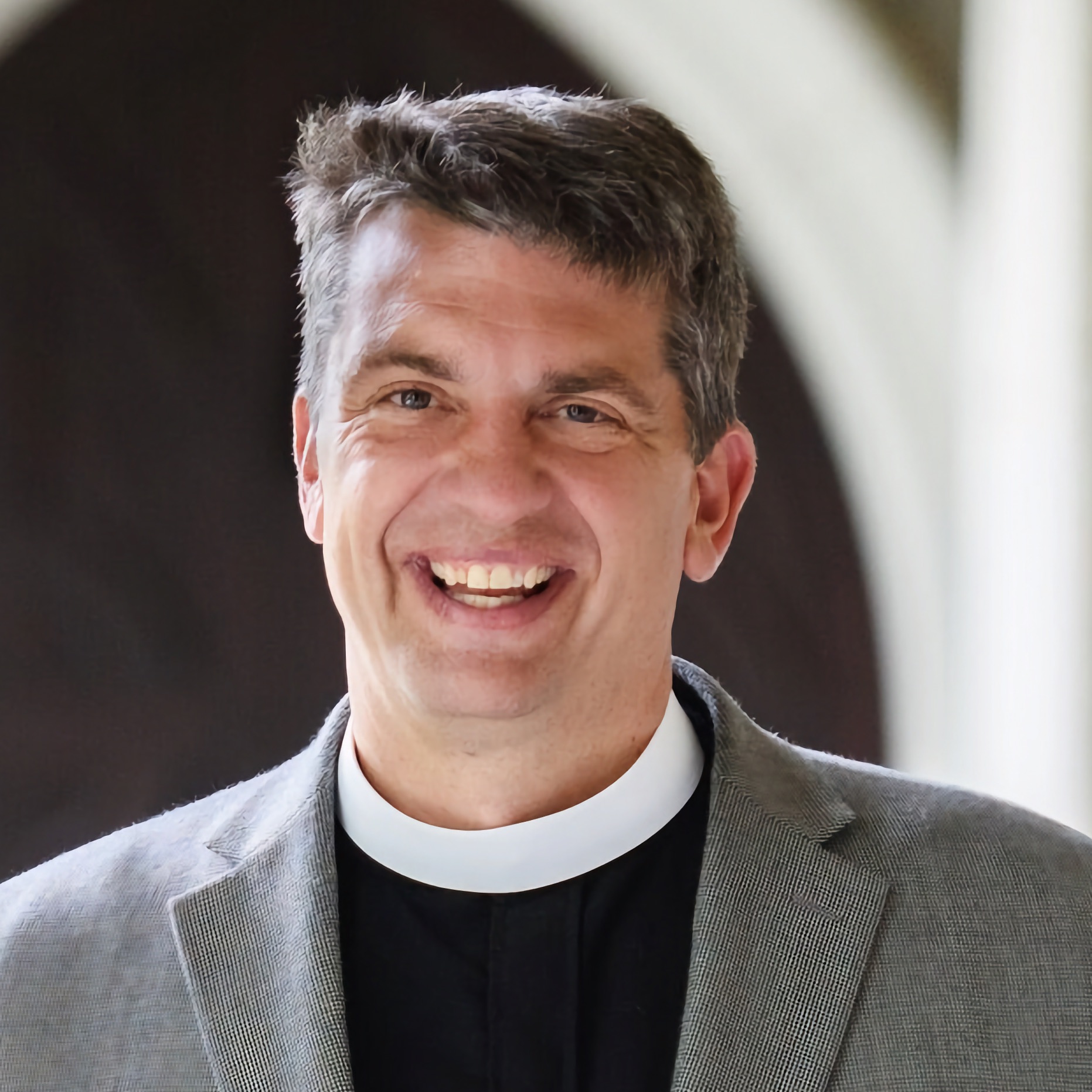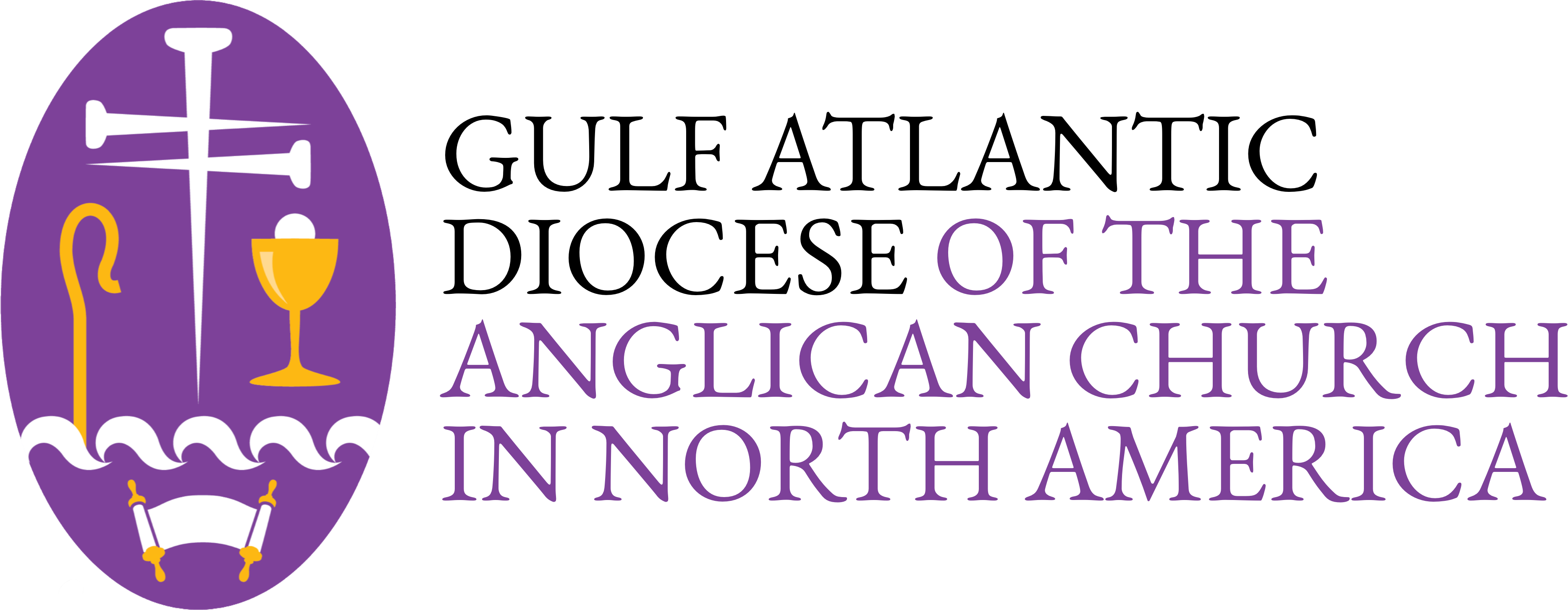
Newsletter Contents
Remember the Good News — a Lent 2024 Encouragement from the Bishop
Following the Architect’s Plan
Jody Farmer: I So Look Forward to the Weekend
Lenny Konschewitz to be Ordained Deacon
Upcoming Events
More from Canon Bill Krizner
Oh That Beloved Eunuch! Evangelistic Mission in Action
The Flourishing Church: Healthy Community
A Pathway to Flourishing
Following the Architect’s Plan

It was the early morning of May 16, 1968, in apartment 90 on the 18th floor of the 22-story Ronan Point apartment tower in London. A fifty-six-year-old cake decorator, by the name of Ivy Hodge, awoke and went to make herself a cup of tea like she did every morning. But when she lit the stove, the spark from the match triggered a ravaging gas explosion. In fact, the blast tore through the joints that connected the walls to the floor. This left the four apartments below Ivy’s without any structural support. Then, like a terrible game of collapsing dominoes, they fell one by one until the entire corner of the building was no more. Sadly, seventeen people were terribly injured and four died. The shocking thing was that the building was brand new. It had only opened a month earlier and, from the street, Ronan Point was a place of true beauty. So how could this tragedy have taken place?
After the structure was later dismantled, investigators found appallingly poor workmanship at the critical connections between the panels. In what is now known in the construction industry as “progressive collapse,” the culprit was simple: the builders had ignored the architect’s plans in order to save money and finish the job in the timeframe that best suited them. Similar tragedies have ensued since the Ronan Point catastrophe. Most recently, you might remember the Miami Beach condo collapse in 2021, a situation in which the towers had not only been poorly constructed but were never properly maintained or repaired over the years.
What we learn from these horrific catastrophes, Friends, is this: failure to follow the architect’s plan is a sure recipe for disaster … and this is a critical lesson for God’s Church. Celebrating the Confession of St. Peter the Apostle last month, we were reminded of the singular foundation on which our Faith is built: “You are the Christ, the Son of the living God.” Then, after offering complete assurance that the gates of hell will not prevail against the Church, Jesus promises Peter (the same Peter who he rebuked for his lack of faith only 2 chapters before!) the all-powerful keys to bind and loose on earth as in Heaven. Praise God – the beautiful bride shall be equipped to build upon the foundation on which it has been set!
For just a moment, think back upon poor Ivy Hodge lighting the match for her morning tea in her 18-th floor Ronan Point flat. That building looked so beautiful on the outside. It was brand new, flashy, and full of people enjoying comfortable living. Yet, it was wholly flawed from the inside. You see, it is those invisible-but-all-important connections between the floors and the walls, providing the strength of the foundation itself, that matter most.
So it is with God’s Church. The foundation was laid in Peter’s confession at Caesarea Philippi. The precious cornerstone was rejected and then paid with His blood at Calvary. The floors have been built upon by the martyrs and saints throughout history. And the Architect is not finished. His mighty bride is called to flourish and to grow until He returns to confirm, strengthen, and establish His Church unto Eternity.
As we wait for Christ’s return, we have been handed those beautiful keys and He looks to each of our parishes in the Gulf Atlantic Diocese to use them skillfully. As we pursue the Bishop’s call to be Fifty Flourishing Churches in 5 years, we are left working together to pursue the task of assembling the walls and the floors for this generation of God’s Church. The Strategic Plan has provided a wonderful and fresh vision of how He intends for us to proceed. We are all excited about the work that has been done and the fruit that is to come.
Yet, we must allow the story of Ronan Point to remain front and center, being reminded that strong churches are strong because of the ways that the walls and the floors are deeply bound together. The fellowship found in Christ-centered relationships is always far more important than the songs chosen for Sunday morning, the topic of our next Bible study, or the mission that we will challenge our parishioners to join.
So, church leaders (and, if you are reading this, you are almost certainly a leader of some kind—officially or not): Are we spending enough time investing in the invisible? Are we looking at the hearts of the people both inside and outside of our parishes? Are we willing to take more time than we scheduled to sit and listen to the pain and the brokenness of those in need? Are we training our lay leaders to move from task-oriented to relationship-centered Faith? Are we open to bringing our parishes into positions of vulnerability to only then find greater strength in Christ?
The Lord deeply desires for each parish within the Gulf Atlantic Diocese to flourish. He has appointed Godly forepersons throughout. However, as we continue to work together in His Kingdom, let us avoid the temptations always associated with the exterior beauties of the building and, instead, invest our energies in establishing the strength and the authority of deepened grace-filled fellowship that lie just behind the walls…
Header/Featured Photo Credit
Photo: Derek Voller / Ronan Point collapse, Canning Town / CC BY-SA 2.0
Source
Additional Photo Credits
Bill-Krizner-Square_w • Gulf Atlantic Diocese
